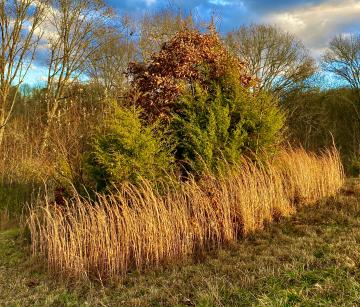Why Easter Sunday moves around
As you know, Easter Sunday is not locked down on the calendar. I knew it had something to do with astronomy, so I did some research to figure out the how and the why. My findings were complicated, but here is my best shot at it.
Easter is defined as a “moveable feast,” meaning it is not a fixed to a set calendar date.
- Read more about Why Easter Sunday moves around
- Log in to post comments









